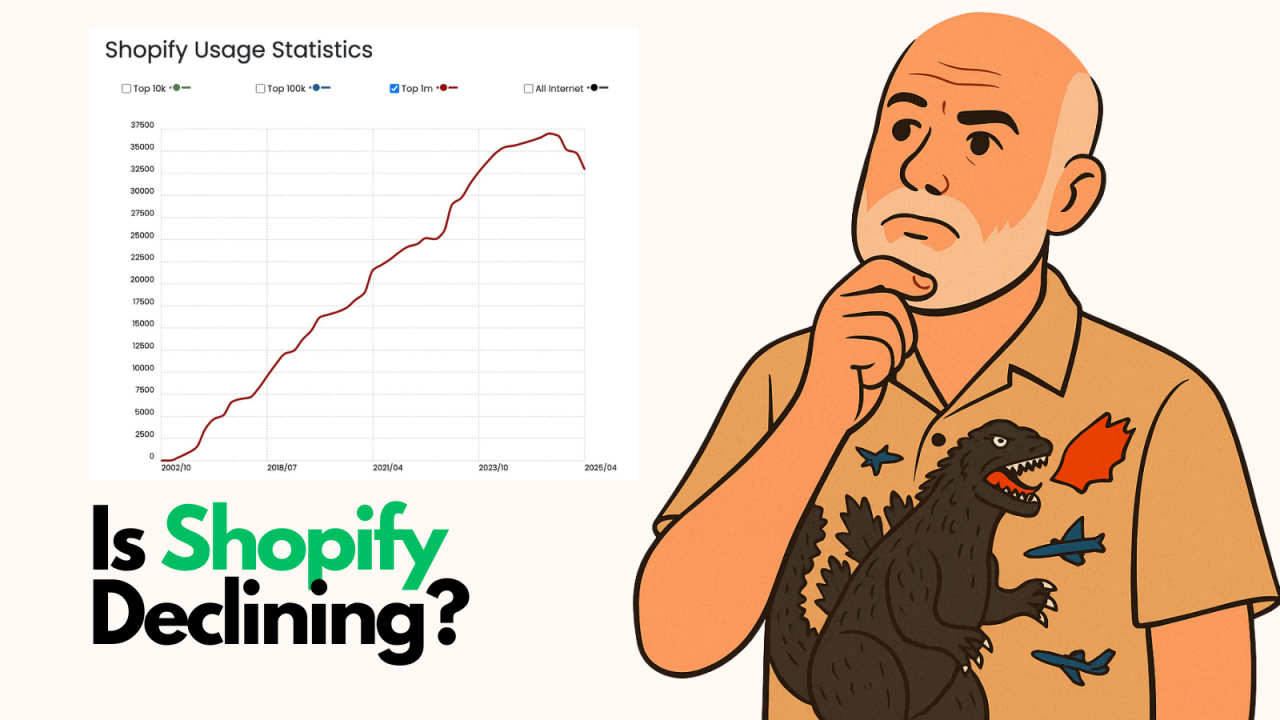
When it comes to running a successful website, one of the biggest challenges is keeping visitors engaged and on your site. This is where bounce rate comes into play. A high bounce rate can hurt your website's search engine rankings and, ultimately, your business's bottom line. But don't worry, there are plenty of strategies you can use to reduce your bounce rate and keep visitors engaged. In this guide, we'll explore the ins and outs of bounce rate, why it's important, and how you can reduce it. We'll cover everything from optimizing your website's design and navigation to creating high-quality content that keeps your visitors coming back for more. So, whether you're a website owner or a digital marketer, sit back and get ready to learn how to keep your visitors engaged and moving up in Google's search results.
Bounce rate is the percentage of visitors who leave your website after only viewing one page. This means they didn't engage with your website or explore any further. Bounce rate is an essential metric to track because it tells you how engaging your website is. A high bounce rate indicates that visitors aren't finding what they're looking for on your website, which can negatively impact your website's search engine rankings. A low bounce rate, on the other hand, means that visitors are finding what they're looking for and engaging with your website, which can lead to higher search engine rankings and increased revenue.
A good bounce rate varies depending on the type of website you have. For example, an e-commerce website may have a higher bounce rate than a blog because visitors may only be interested in one particular product. However, as a general rule of thumb, a bounce rate of 40% or lower is considered good. Anything higher than 40% may indicate that your website needs improvement.
It's important to keep in mind that bounce rate should be evaluated in conjunction with other metrics, such as time on page and conversion rate. If visitors are staying on your website for a long time and converting, then a higher bounce rate may not be as concerning.
Several factors can affect your website's bounce rate. Here are some of the most common ones:
Your website's design plays a significant role in user engagement. If your website is cluttered, difficult to navigate, or visually unappealing, visitors are likely to leave before they can take any action on your site. Additionally, understanding your target audience and what they are looking for is essential to reducing your bounce rate. If visitors feel like they are not getting the information they need or that the content is outdated, they are likely to leave.
Slow website speed can be frustrating for visitors and may cause them to exit your website. Make sure your website loads quickly, especially on mobile devices. More than half of all internet traffic comes from mobile devices, so if your website isn't optimized for mobile, there's a high probability you will lose visitors.
Finding your website's bounce rate is easy. Most website analytics tools, such as Google Analytics, will provide you with this information. To find your website's bounce rate in Google Analytics, follow these steps:
Reducing your website's bounce rate requires a combination of website optimization strategies. Here are some steps you can take to improve your website's engagement and improve your bounce rate:
Reducing your website's bounce rate is essential to keeping visitors engaged and ranking higher in Google's search results. By optimizing your website's design and navigation, creating high-quality content, and improving your website's speed and performance, you can reduce your bounce rate and improve your website's search engine rankings. Remember to measure and track your bounce rate regularly and use tools to help you optimize your website for engagement. With these strategies in mind, you'll be on your way to ensure your online presence is as efficient and effective as possible.

Following up on my earlier post about BigCommerce's rebrand announcement, I got my hands on theCleveland...

By Brent W Peterson AI vs Shopify: Is Platform Dominance Ending in 2025?

The B2B OG Reality Check In 1995, I built my first B2B website for my then computer assembly company. It...